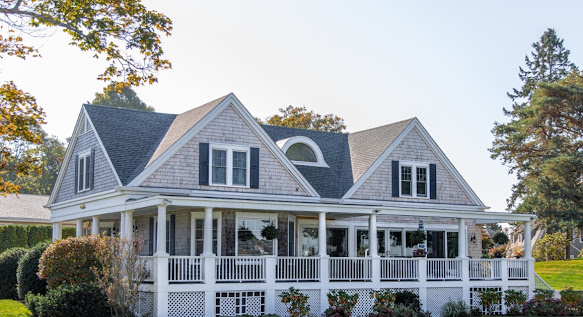Did you know that a grow room can increase your hydroponic farming business manifold?
Indoor growing is all set to become a $44.3 billion market, and its growth potential is huge. With an indoor grow room you can benefit from this boom too.
But building and operating a grow room can be challenging, as it isn’t as easy as outdoor farming operations. That’s because there are multiple factors like eco-friendly building materials that you have to factor in to create the right indoor grow room ambiance.
That’s exactly why we have compiled this guide to help you build your ideal grow room, so let’s dive in.
Choose your indoor grow room location:
You can build your indoor grow room just about anywhere. But the most common places are the basement, garage, and closet.
#1. Building your grow room in the basement
The basement is an ideal location to have a grow room since it is a well insulated enclosure. So you won’t need to use HVAC systems as frequently.
However, it gets humid pretty often in the basement and you may need a dehumidifier.
#2. You can have a grow room in the garage
Indoor grow rooms can be built in the garage, but you’ll have to use heating or cooling systems intensively as a garage isn’t very well insulated.
#3. You can even have on in the closet
If you’re low on space or you want a mini indoor grow room, you can easily convert your closet. The best part here is you won’t need HVACs since these are mostly pre-installed in homes.
Things to consider when building an indoor grow room:
#1. Size of the room
The size of your indoor grow room should be enough for the plants, temperature and humidity control systems, lighting, as well as for you to work in there.
#2. Choose the right flooring
An indoor grow room should have such flooring that doesn’t soak in moisture and make the room too humid. The best way to ensure that is to install rubber deck tiles on the basic concrete or wood floor.
#3. Create the right grow room temperature
A temperature range between 75 and 85 degrees fahrenheit is apt for an indoor cannabis plantation. You can create this temperature by using heating and cooling systems as required.
#4. Maintain balanced humidity
The humidity levels in your indoor grow room should be perfectly balanced, as high or low humidity can really damage your plantation. So you should use humidifiers/dehumidifiers efficiently.
#5. Install LED lights in your grow room
The grow lights for plants that you use is critical to the overall profitability of your business. That’s why you should always use LED grow lights, as they consume less than half the energy as used by HID lamps. Also they emit zero heat, which makes them safe for plants and reduces the usage of your HVAC systems.
So you stand to have considerably lower utility bills.
Amazing, right?
#6. Keep the grow room well ventilated
Ventilation is key to your indoor grow room plantation, as your yield can be harmed by a lack of proper ventilation. You can ventilate your growing area well by installing duct fans.
Conclusion
Except for 16, all other American states have legalized medical or recreational marijuna. As a result, this has become a promising market with more people building their own indoor grow room than ever before.
With an indoor grow room you can too make the most out of this market.

Comments
Post a Comment